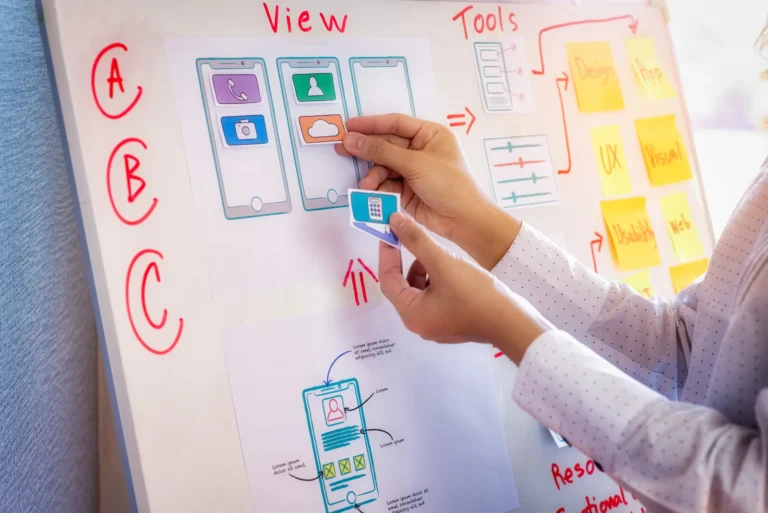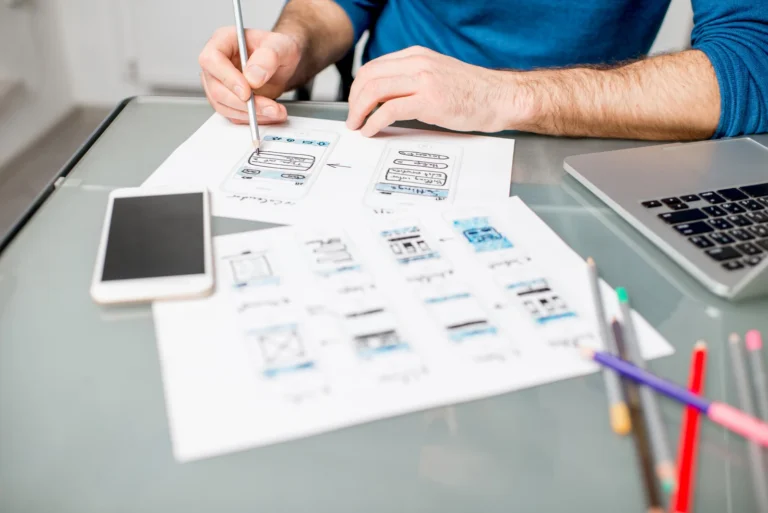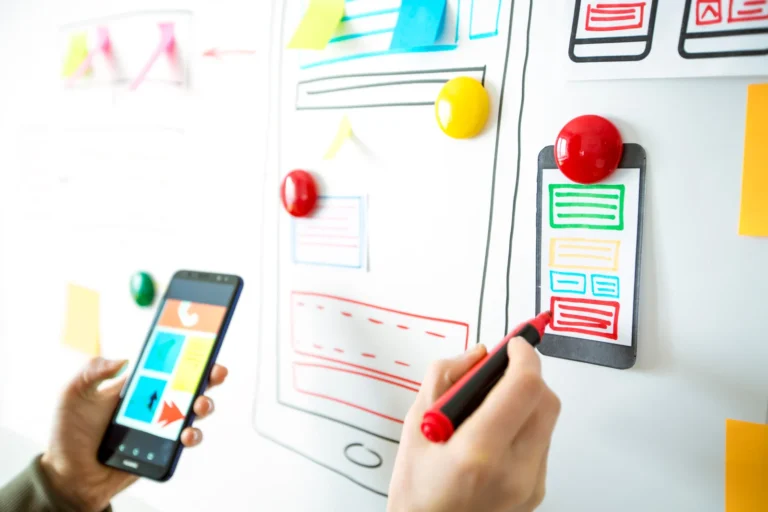Well, even if you have never used InVision in your life, you should know that its closure certainly makes many designers feel sentimental, as they probably did their very first mockups right there, maybe even back in 2011.
Because, you see InVision back in its heyday, stood tall as THE design collaboration platform, being the designers’ go-to space for creating interactive prototypes and facilitating feedback on their designs. But, as it usually happens in the tech world, within a couple of years everything shifted, with new competitors emerging and resonating even louder with the design community.
Now, InVision’s role as a prototyping leader is being seamlessly assumed by Figma, a design tool boasting the same or similar built-in features that allow its users to create clickable and interactive designs. Figma’s additional offering, Figjam, further solidifies its standing with a digital whiteboarding tool similar to Miro or Mural.
So, what does InVision’s shutdown signify? Well, it can certainly serve as a poignant reminder that the design landscape is in a constant state of evolution. After all, witnessing such shifts allows us to gauge the features designers need and spot the rising stars in the ever-changing design tool arena.
It also begs the question: what’s next? How long will the Age of Figma last? When will that sun set and what will be the key feature or behavioral change that brings it about?



